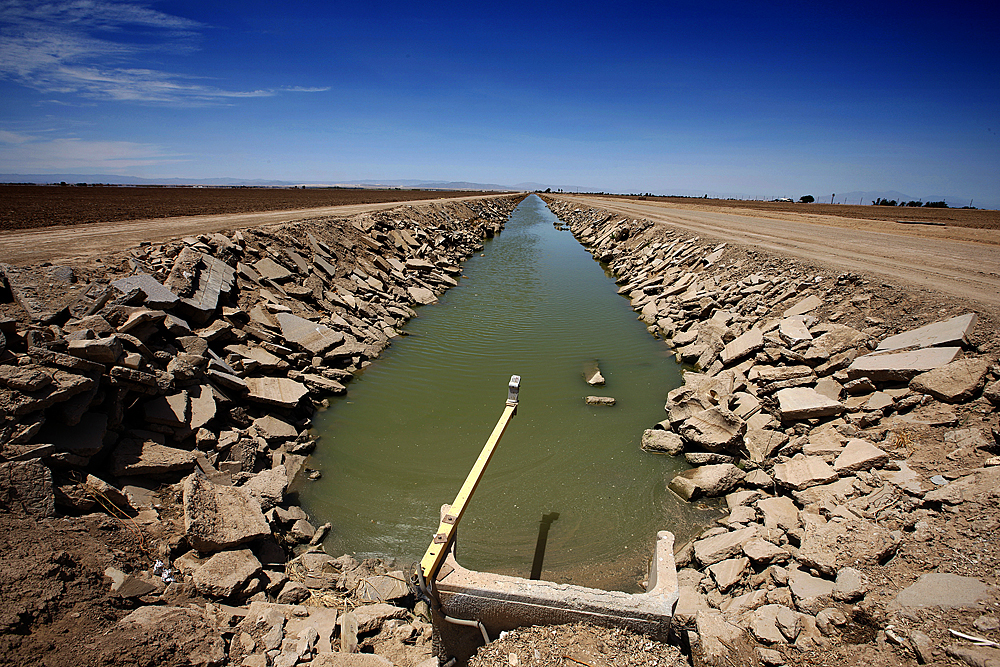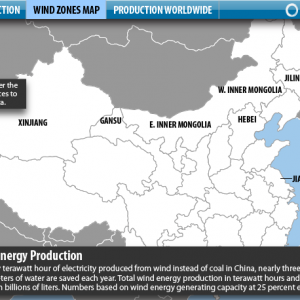The Stream, February 23: The Strategic Power of Water
Some 50 million environmental refugees will flood the global north by 2020, as they escape from food shortages and other climate-induced disasters, according to experts at the annual meeting of the American Association for the Advancement of Science. Southern Europe might see a strong wave of migrants from Africa and the Middle East, where food insecurity is already pushing many people to the limit, AFP reports.
Rising fears of a food crisis are already translating into tangible countermeasures. Qatar, which relies on imports for 90 percent of its consumption, plans to start producing 60 to 70 percent of its food by 2023 by turning moonscapes into arable land and investing in ultra-modern agricultural technology.
The United States should play a key role in holding off looming water conflicts in Central Asia, according to a new report by the Senate Foreign Relations Committee. While the U.S. stakes are highest in Afghanistan and Pakistan, neighboring countries like Tajikistan, Uzbekistan, Kazakhstan, Kyrgyzstan and Turkmenistan will also become increasingly important, as water demand for food production and electricity generation increases, and climate change disturbs weather patterns.
The Asian Development Bank will lend Vietnam $1 billion to improve and expand the water supply in large cities, install new pipelines, and repair and extend existing networks. The investment will provide clean water access for up to 3 million families in Vietnam.
China’s Ministry of Environmental Protection has unveiled a new plan to curb heavy metal pollution in key industries, including lead-acid battery manufacturing and lead smelting, by 15 percent of 2007 levels by 2015. Will enforcement work this time? Reuters reports.
The Stream is a daily digest spotting global water trends. To get more water news, follow Circle of Blue on Twitter and sign up for our newsletter.
, a Bulgaria native, is a Chicago-based reporter for Circle of Blue. She co-writes The Stream, a daily digest of international water news trends.
Interests: Europe, China, Environmental Policy, International Security.





Leave a Reply
Want to join the discussion?Feel free to contribute!